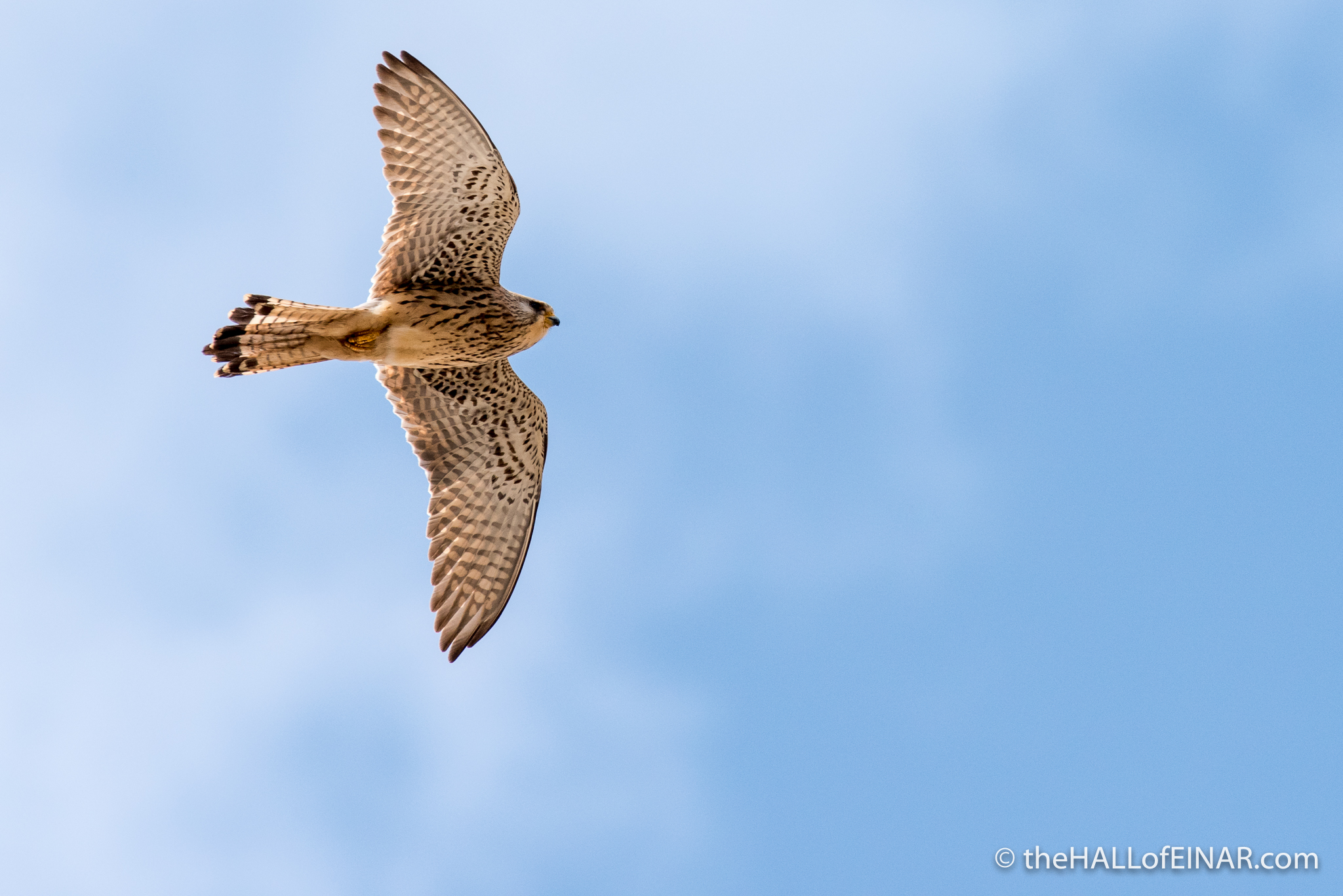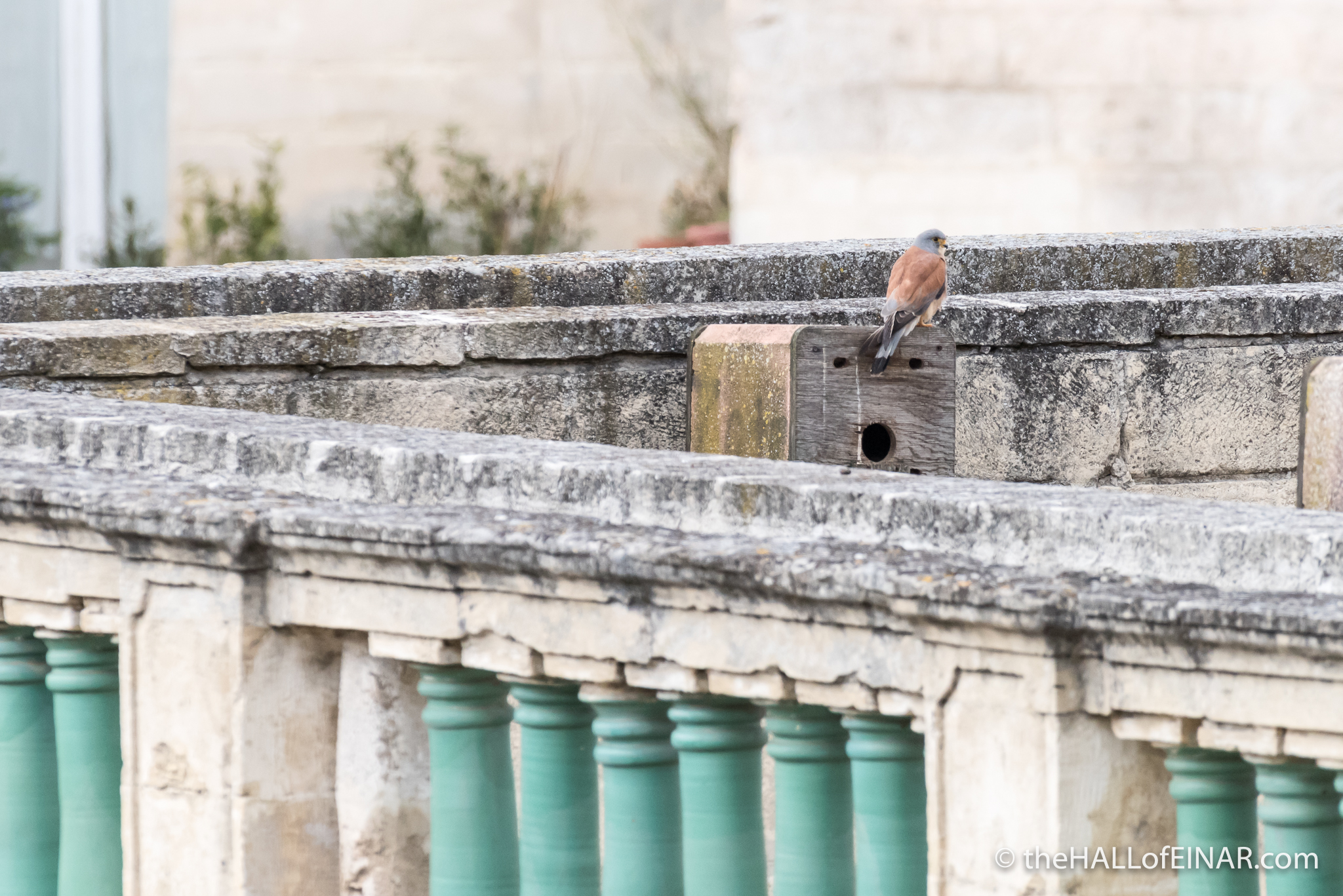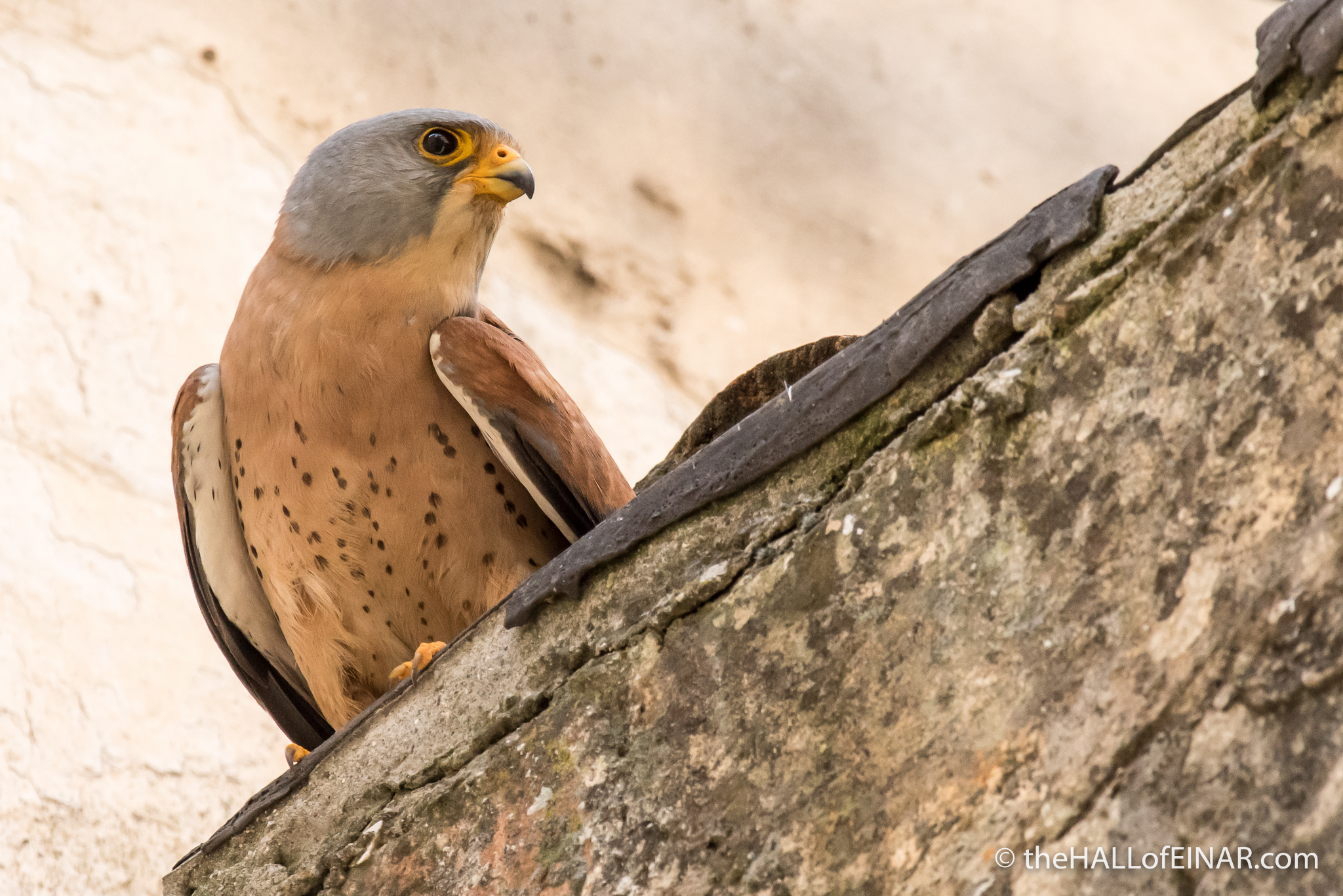The Lesser Kestrels of Matera #2
Matera is a city in southern Italy; an ancient city in the heel of Italy’s boot. It has been continuously inhabited since the Paleolithic. In 2019 it will be the European City of Culture.

In its ancient heart is a natural wonder; Europe’s largest colony of Lesser Kestrels. Amongst the limestone buildings and caves they come to roost, to display and to nest. We have come again to one of my favourite places, this time on a bright and sunny day, to see if we can get some better photographs of these stunning falcons. I can see one, a male, flying across the valley:
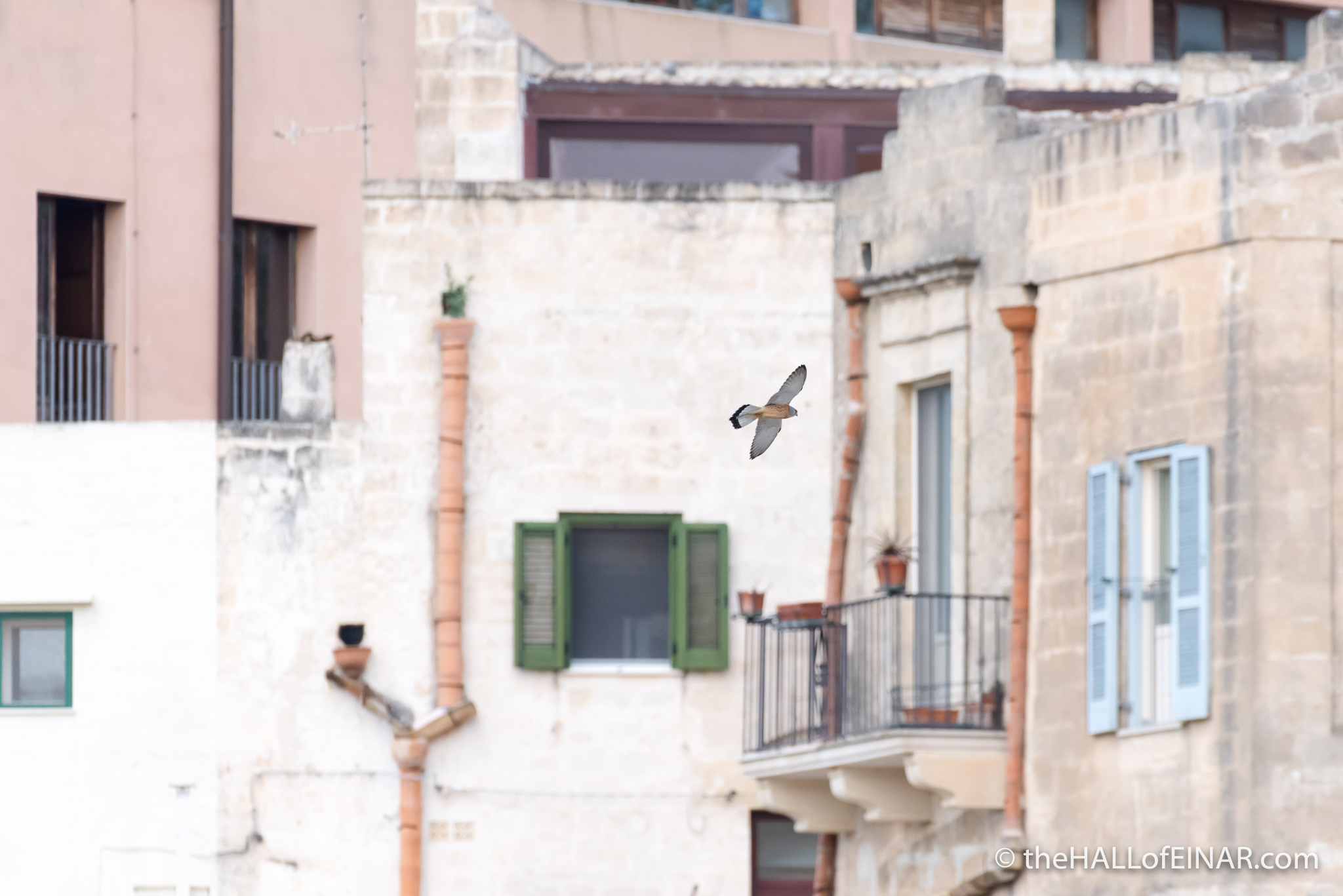
And then I can see one above the rooftops and ancient spires:
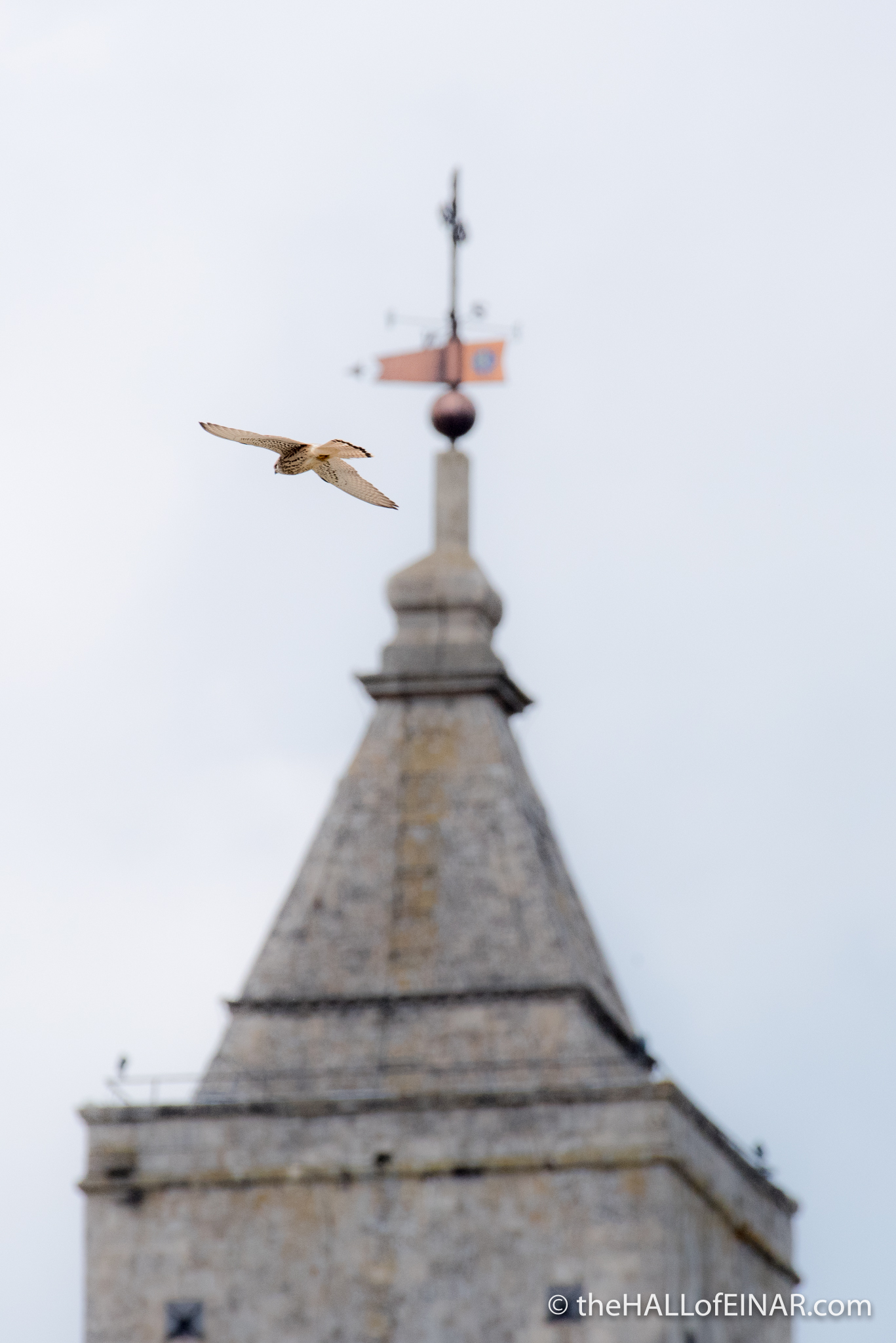
They are everywhere! One tv aerials, rooftops and sitting on nest boxes.
We climb up the ancient stone steps to a rocky outcrop over the stunning natural gorge over which the ancient city is perched. It gives us the perfect spot to see them in flight.
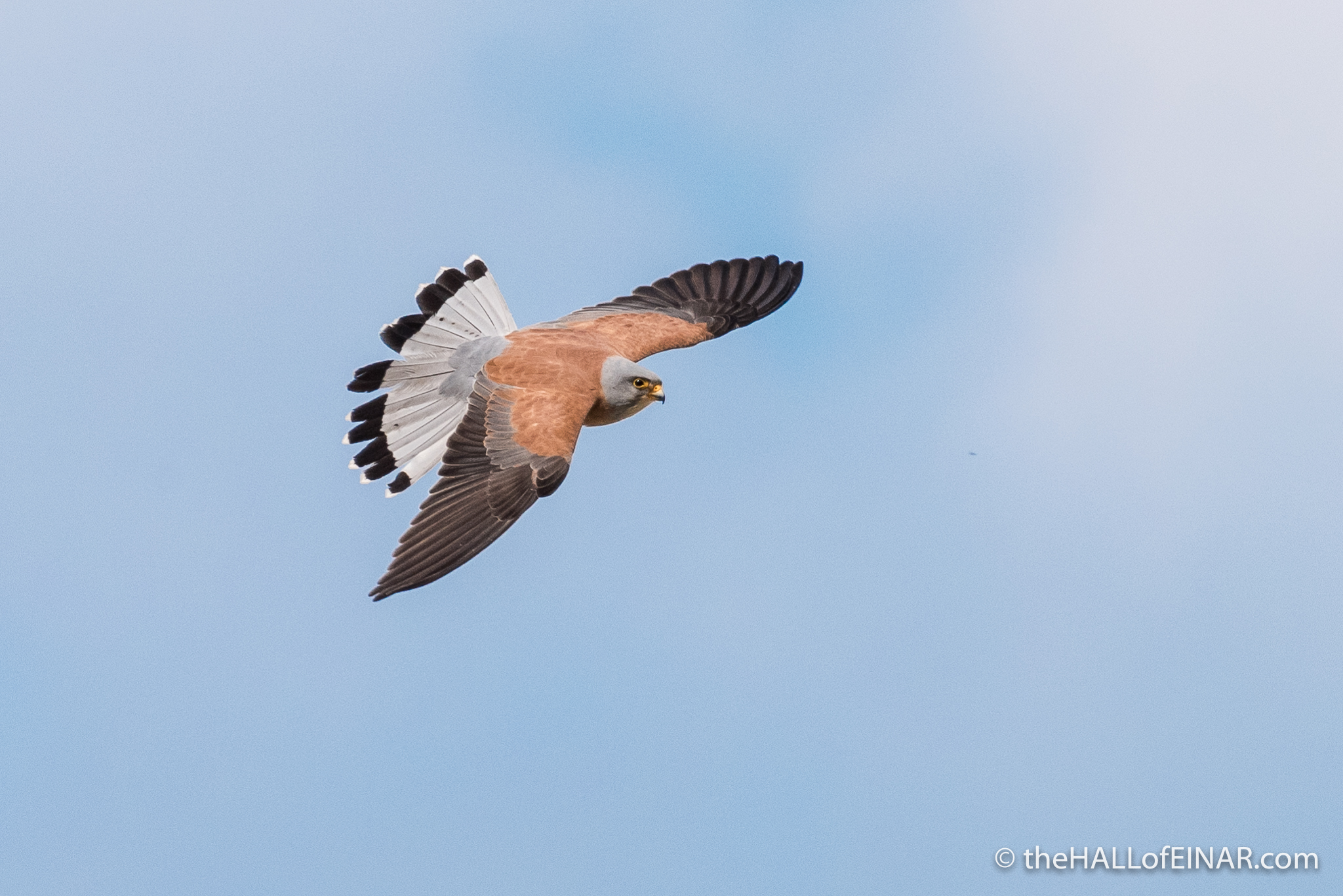
After lunch, in the heat of an energy-sapping April day in Italy, we climb once more to the ancient city. There are Lesser Kestrels perched on the rooftops:
They make a beautiful couple.
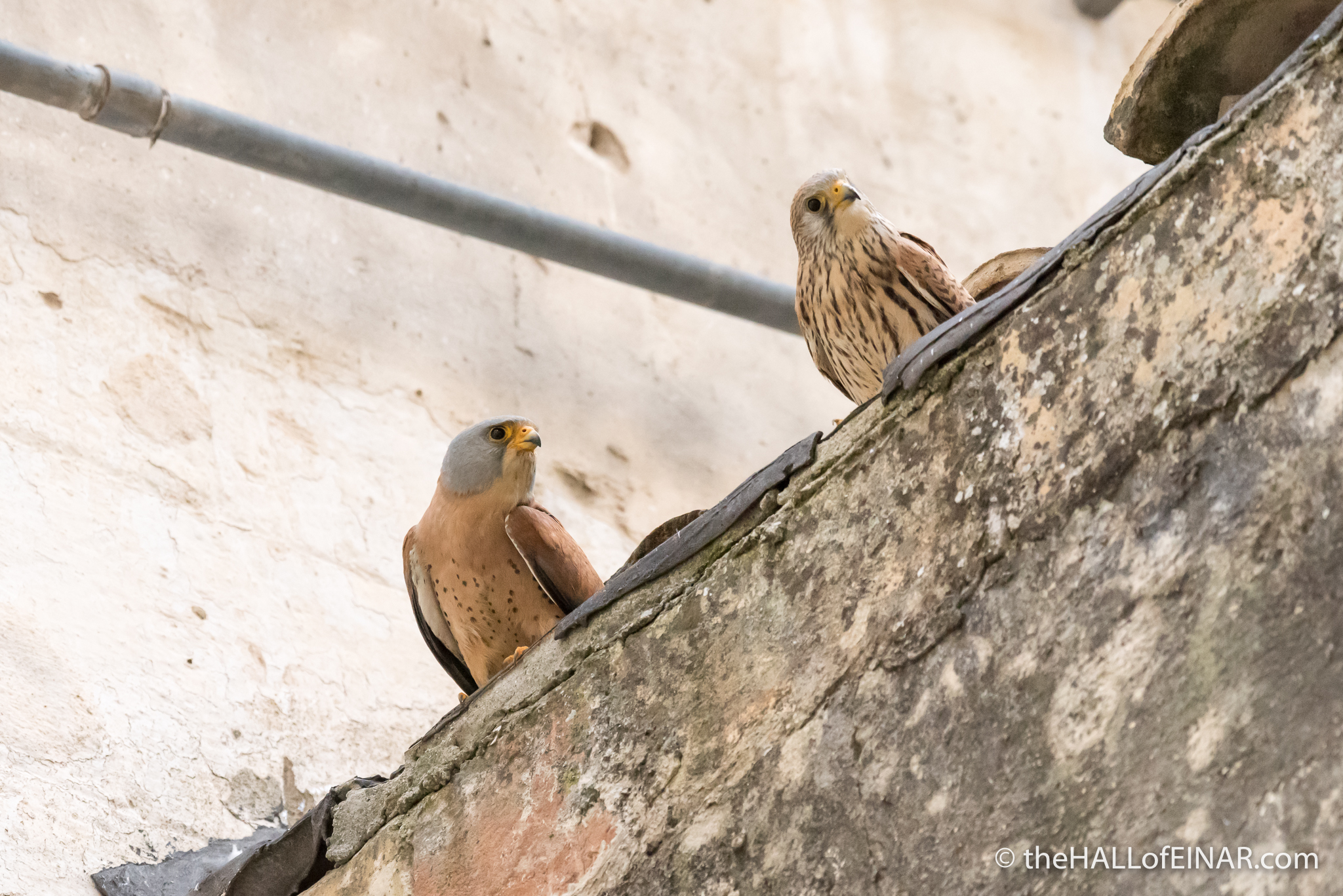
They launch themselves into the air when a crowd of tourists approach. “Ecco”, their guide says, “Grillaio “.

Grillaio is their Italian name.

Falco naumanni is their scientific name.

Lesser Kestrels breed all the way from the Mediterranean across Afghanistan and Central Asia, to China and Mongolia. They’re very infrequent in the UK.
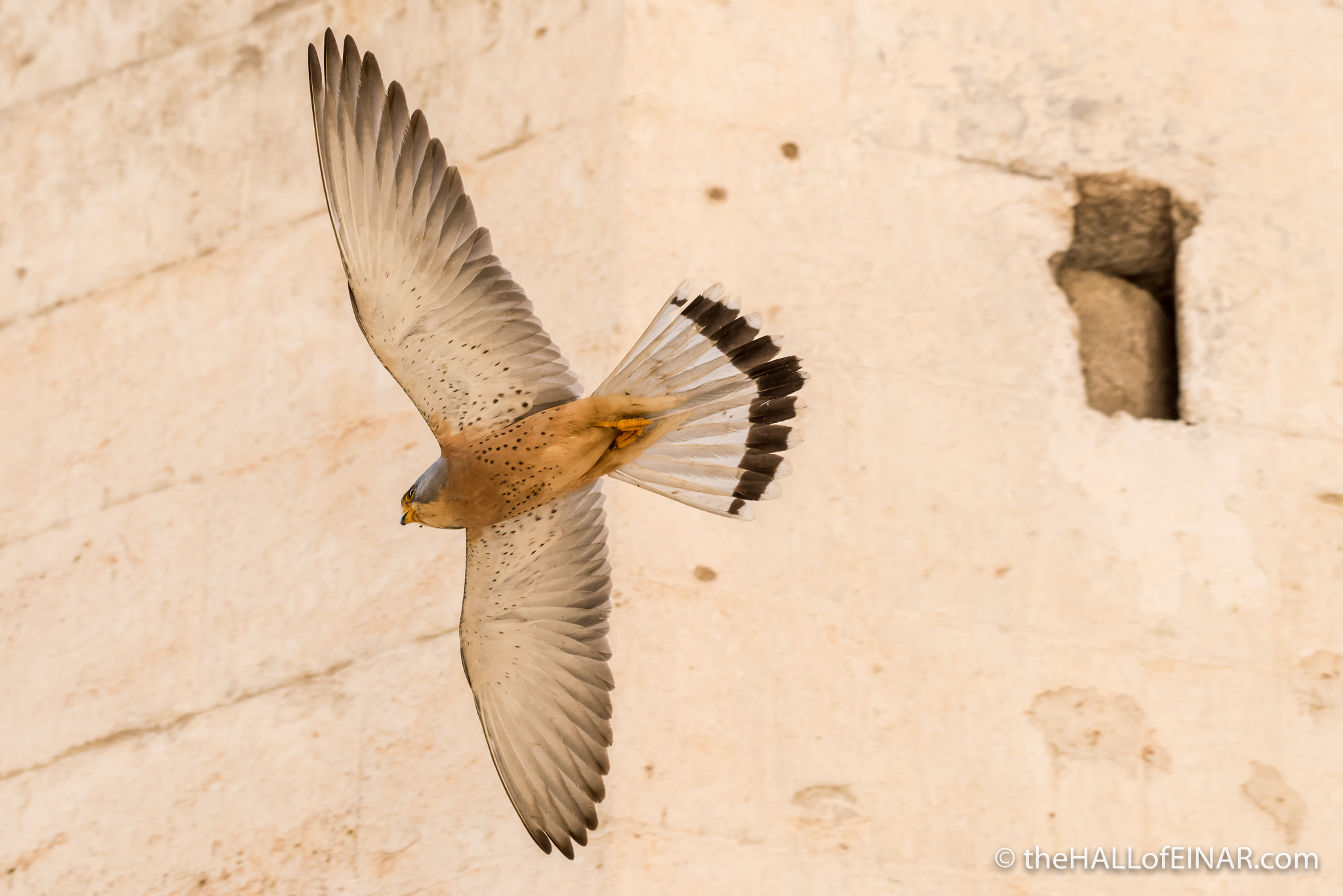
One thing is troubling me about Lesser Kestrels though: they’re not closely related to Kestrels at all. They’re a much earlier branch of Falcons. Yet they have exceptionally similar plumage. The male of both species has a grey head, a chestnut back, a grey tail with a pronounced dark and white band at the end and a lighter speckled breast. They even have the same yellow eye ring and yellow legs and feet. They differ in that Lesser Kestrels have white nails, but that’s hardly something you’d notice without having one in your hand. The females have the same spotted lighter brown backs as each other.
Why?
Species only come to look like each other, or ‘mimic’ one another when it gives them an evolutionary advantage. It might be that they are defensive mimics and by looking alike they are able to avoid harmful encounters by deceiving enemies into treating them as something else.

Many species use warning colouration. There are Batesian mimics where a harmless mimic poses as harmful, Müllerian mimics, where two or more harmful species mutually advertise themselves as harmful and Mertensian mimics, where a deadly mimic resembles a less harmful but lesson-teaching species. There are even Vavilovian mimics, where weeds resemble crops, where there is human selection rather than natural selection.
Do Lesser Kestrels look so closely like Kestrels because of a third species? A species which might prey on them if they didn’t look like something they had already had a bad encounter with? Are they Müllerian mimics? Kestrels sometimes become prey to Goshawks, Peregrine Falcons, Sparrowhawks, Eagle Owls and Tawny Owls. Maybe their evolution has been determined by warding off these predators and reducing the likelihood of attacks?
I’d love to know. If you have any research evidence I’d love to hear it.
In the meantime it’s time to say goodby to Matera. Here’s hoping we will meet again.

More Lesser Kestrels in Matera
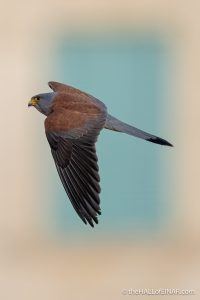 Falco naumanni We're in Matera to see the Lesser Kestrels. We've booked the room in the hotel which has three small terraces… read more
Falco naumanni We're in Matera to see the Lesser Kestrels. We've booked the room in the hotel which has three small terraces… read more Yes, we’re in Matera again We are in the oldest continuously inhabited city on Earth, Matera in Basilicata in the south of Italy. It's possible… read more
Yes, we’re in Matera again We are in the oldest continuously inhabited city on Earth, Matera in Basilicata in the south of Italy. It's possible… read more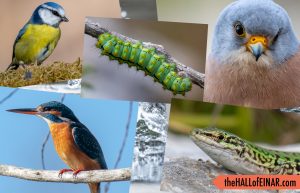 2019 highlights of a wilder Italian life My Italian life in 2019 started in January with a whale of a murmuration with a raptor on its tail.… read more
2019 highlights of a wilder Italian life My Italian life in 2019 started in January with a whale of a murmuration with a raptor on its tail.… read more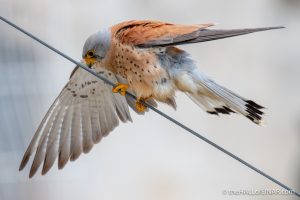 The Lesser Kestrels of Matera #10 When a Lesser Kestrel lands on a wire outside our bedroom window I know what I want to do. I… read more
The Lesser Kestrels of Matera #10 When a Lesser Kestrel lands on a wire outside our bedroom window I know what I want to do. I… read more The Lesser Kestrels of Matera #9 There are Lesser Kestrels before breakfast, Lesser Kestrels on the way to breakfast, a break from Lesser Kestrels for breakfast… read more
The Lesser Kestrels of Matera #9 There are Lesser Kestrels before breakfast, Lesser Kestrels on the way to breakfast, a break from Lesser Kestrels for breakfast… read more The Lesser Kestrels of Matera #8 It's five o'clock in the morning and she's calling immediately outside our window. I think she wants her mate. The… read more
The Lesser Kestrels of Matera #8 It's five o'clock in the morning and she's calling immediately outside our window. I think she wants her mate. The… read more The Lesser Kestrels of Matera #7 We're having close encounters of the wildlife kind: There are Lesser Kestrels all over Matera. I'm sure the locals must… read more
The Lesser Kestrels of Matera #7 We're having close encounters of the wildlife kind: There are Lesser Kestrels all over Matera. I'm sure the locals must… read more The Lesser Kestrels of Matera #6 Matera. Just look at it. Isn't it magnificent? What a city! The ancient heart of the stone city of Matera… read more
The Lesser Kestrels of Matera #6 Matera. Just look at it. Isn't it magnificent? What a city! The ancient heart of the stone city of Matera… read more The Lesser Kestrels of Matera #5 We've just been on a brief trip to one of my favourite places. It's Matera, in the south of Italy.… read more
The Lesser Kestrels of Matera #5 We've just been on a brief trip to one of my favourite places. It's Matera, in the south of Italy.… read more
